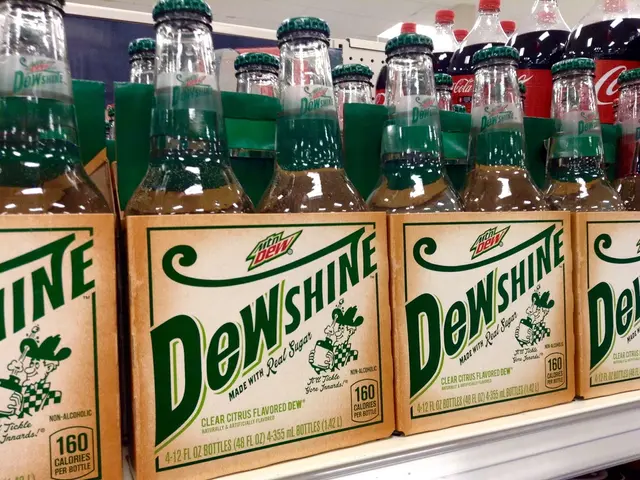Distinguishing Age Spots from Skin Cancer: Recognition Guide
Catching the Differences: Age Spots vs Skin Cancer
As we age, our skin goes through changes, and one of these is the appearance of age spots. These spots can look like some types of skin cancer or precancerous growths, but fear not, they're typically harmless. Understanding the differences between age spots and skin cancer can help you decide when it's time to seek medical advice. Here's everything you need to know to spot the difference.
Age Spots
Age spots are small, darker patches on the skin that develop due to excessive melanin production aimed at protecting the skin from UV radiation. They're usually harmless and don't require treatment.
Though they can appear similar to skin cancer, age spots stand out due to their:
- Flat and smooth texture
- Yellow, brown, or gray color
- Clearly defined borders
- Size, ranging from a few millimeters to centimeters
- Preference for sun-exposed areas like the face, hands, shoulders, feet, arms, and back
These spots may fade in winter and become more pronounced in summer as the skin is exposed to more sunlight.
Skin Cancer
Skin cancer is a type of cancer that can occur in areas exposed to excessive sun or UV radiation. Unlike age spots, skin cancer is harmful and can spread to other parts of the body.
Skin cancer symptoms may include:
- Irregular, asymmetrical shapes
- Blurred, ragged edges
- Changes in size, color, or shape
- Multiple colors on the same spot
- Pink, blue, purple, black, or brown coloring
- Raised, red patches
- Pale, yellow firm patches similar to scars
- Pain, itching, oozing, or bleeding
- Crusty or scaly patches
- Raised edges that lower in the middle
Pay close attention to any new or changing marks on your skin and speak with a healthcare professional if any potential skin cancer symptoms appear. Catching skin cancer early can improve health outcomes.
Actinic Keratosis
Actinic keratosis is a precancerous growth that can look like age spots. They develop due to UV radiation damage and are typically:
- Raised, rough, or scaly patches
- Red, gray, pink, or skin-colored
- Flat, scaly patches that resemble age spots
- Clusters of scaly, rough bumps resembling acne
- Horn-like growths
Actinic keratosis may not require treatment, but it's important to keep an eye on them and seek medical advice if necessary.
When to Contact a Doctor
If you notice any skin symptoms that are not usual for you, consult your doctor. They can help diagnose these conditions and recommend the best course of action. If a mark on your skin exhibits any of the symptoms mentioned earlier, especially those indicative of skin cancer, don't hesitate to seek medical advice. Medical professionals can help diagnose and treat these conditions effectively if caught early.
Diagnosis and Treatment
Age Spots
A doctor or dermatologist will perform a physical examination to identify the appearance, texture, and placement of the spot, ensuring it is indeed an age spot. If needed, they may perform a skin biopsy to test for skin cancer or other conditions.
Treatments for age spots are usually cosmetic, including creams, chemical peels, laser treatments, or cryosurgery to reduce their appearance.
Skin Cancer
The diagnosis of skin cancer involves physical examinations, biopsies, and sometimes imaging tests like X-rays or ultrasounds, depending on the type and location of the cancer.
Treatments for skin cancer vary depending on the type and degree of the cancer, ranging from surgical excision and cryotherapy to topical therapies, radiation therapy, chemotherapy, and immunotherapy.
- Seniors who are concerned about skin changes should be aware of both age spots and skin cancer, especially as they may resemble one another.
- In oncology, it's essential to recognize the distinctive differences between age spots and skin cancer, as early detection can significantly improve health outcomes for seniors dealing with medical-conditions like skin cancer.
- Unlike age spots, otherskin cancer may exhibit various warning signs such as irregular shapes, changes in size, color, or shape, and multiple colors on the same spot.
- By understanding the characteristics of skin cancer, individuals can prioritize their health-and-wellness by seeking medical advice when necessary, ensuring early diagnosis and effective treatment of skin cancer.
- Proper skin-care, including the application of sunscreen and regular skin checks, is vital for preventing serious skin-conditions, such as skin cancer, and maintaining overall skin-care and aesthetic.








